As an online seller, you most likely have heard of user-generated content (UGC). It’s one of the fastest-growing marketing strategies to date. And the reason is simple – it works.
In the digital age, it has become the norm to share your experiences online.
I’m sure this is something you experienced yourself. Getting excited about a new purchase and you just couldn’t wait to share it with your friends online.
What’s better than having your own customers market your products for you, right? In a sense, UGC is the new ‘word of mouth’ marketing strategy. In this blog post, we’ll explore the world of UGC and its incredible power.
We’ll uncover its benefits for ecommerce brands and provide you with creative strategies to make the most of it. Plus, we’ll share some valuable tips and real-world examples to help you harness the power of user-generated content.
What is User-Generated Content?
User-generated content or UGC (or consumer-generated content, depending on who you talk to) is any form of published information created by the customers of the brand instead of the brand itself.
Any content format you’re familiar with can be UGC. This includes videos, photos, podcasts, reviews, testimonials, and blog posts.
Brands will use the content they get for customers to boost their content marketing efforts. They may post it on social media channels, include it on their website, and even their promotional emails.
Benefits of Using User-Generated Content in Ecommerce
Here’s an interesting fact: 87% of businesses are using UGC in some form to share with their target audience. What value does UGC give, and why so many brands are using it?
Builds Trust and Authenticity
The article linked above says that businesses use UGC to share “more authentic content.”
Back in 2019, a Social Media Today article revealed something significant: 90% of consumers value authenticity when picking brands to support. The reality is that reviews can easily be fake nowadays. Buyers are getting smarter and don’t easily trust the product reviews they see online. And what’s more authentic than real views and opinions from real customers?
People connect with people. User-generated content helps humanize brands, showing that real people run the business and use its products. This authenticity fosters trust because folks are likelier to believe others who share their genuine experiences.
Boosting Engagement

Using UGC is also a great way to increase engagement on social media and social media campaigns. In fact, customer engagement experiences a 28% boost when utilizing UGC instead of content crafted by professional experts.
The thing is, UGC goes beyond showcasing your products. It’s all about nurturing a sense of community and interaction among your customers. Playful and engaging posts, like the one above, can make that happen.
Cost-Effective Marketing
While shopping online, customers can’t touch, feel, or interact with your product. This is just one of the reasons why we encourage the use of in-context photos. In-context photos allow browsers to visualize the product in their lives before actually purchasing.
The biggest product photography hack for creating in-context photos is using UGC. Leveraging user-generated content reduces the need for professional content. This makes it much more budget-friendly, all while showing your product in use in an authentic situation.
It’s a win-win! It’s cost-effective product photography and a great way to reassure your buyers that they know what they are about to purchase.
Expanding Reach
UGC also allows you to tap into your customers’ networks, expanding your reach. By sharing your products, they give you access and exposure to their audience, who likely do not follow you.
Here’s the simple truth: Your product can reach far beyond your immediate audience. If you have 100 followers and post your product, you might get around 100 views (or even less due to algorithms).
But when a customer with 10,000 IG followers posts about your product, even if only 10% of their audience sees it, that’s ten times more exposure and brand awareness than your solo posting efforts from just one customer.
Strategies for Incorporating User-Generated Content in Marketing and Branding
Create a UGC-friendly environment
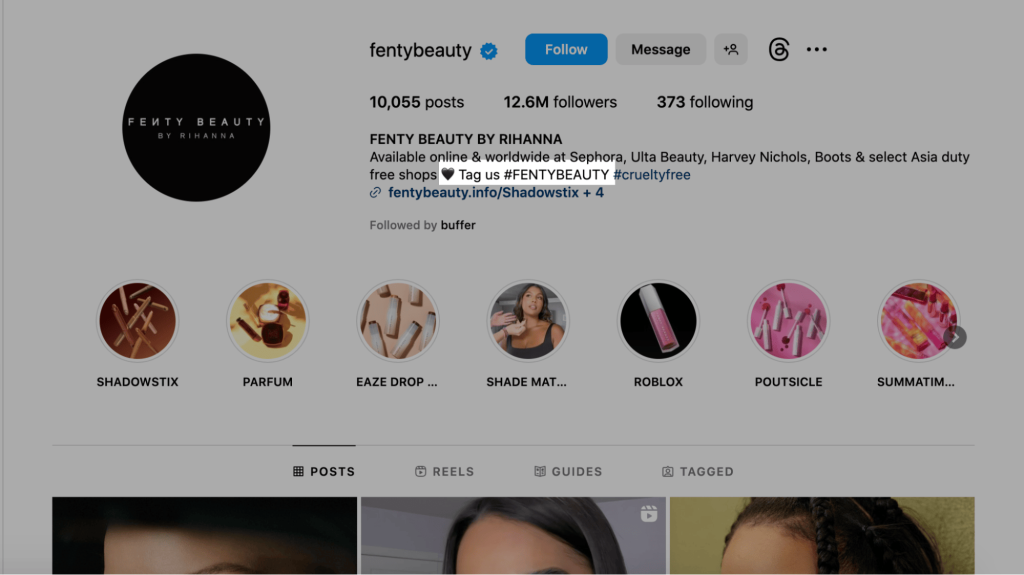
Firstly, be very open about it. Encourage your customers to share their content. People love being part of a brand’s story, so the more you do this, the more it encourages them to participate.
Give them a friendly nudge to tag you in their post, and then show them just how much you appreciate what they create. Share their content on your profile, hit that like button, and leave a comment or two.
Implementing UGC campaigns
To build up your reservoir of UGC, you can launch a campaign to get your followers and fans to create as much content as possible. It could be in the form of contests or challenges, which need to be incentivized.
It does not have to cost you a lot, like a trip to Italy, but it could be the chance to get featured in your marketing campaign, a free product item, or even a gift card.
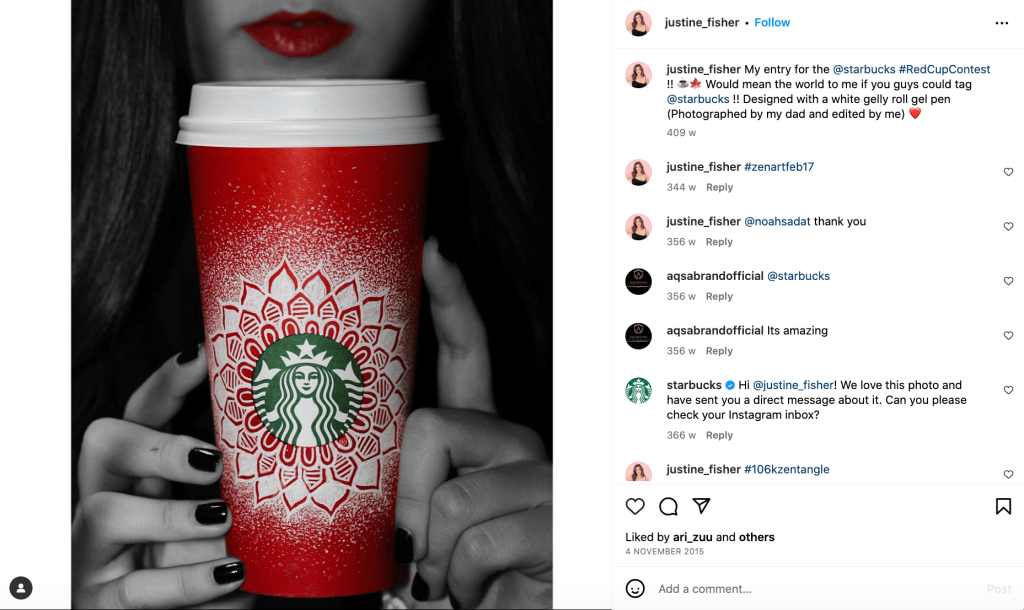
It would be an amazing support if you created a branded hashtag. Something simple, short, and catchy to get your customers excited. When more people use your hashtag, their followers see it and start using it, creating more content for you.
Curate and Moderate UGC
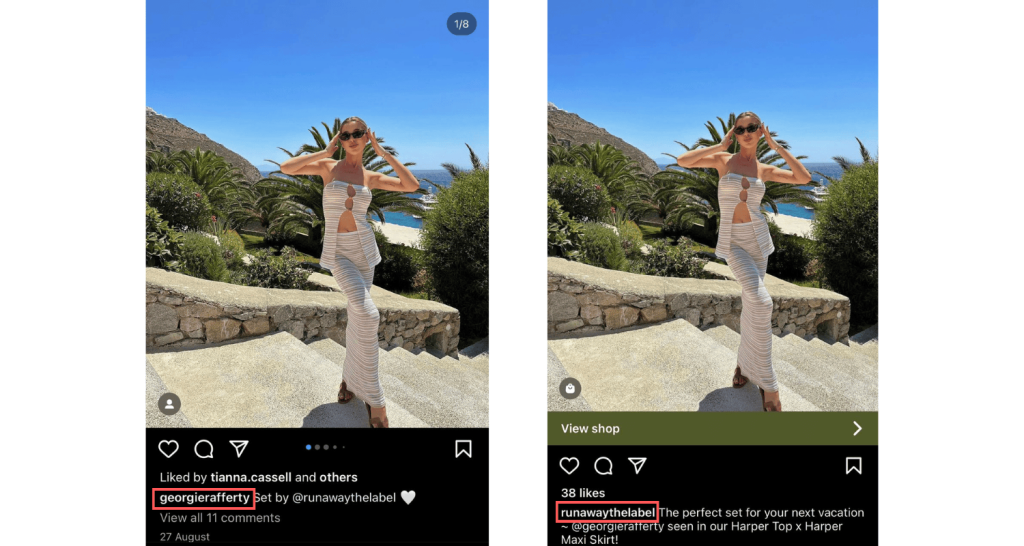
Especially after a contest or challenge, you’ll get a ton of content, so you must select the best UGC for your brand.
Not all UGC is good UGC. Some content might be overcritical of your brand, which you don’t want to publicize.
Others might not fit your branding and aesthetic.
So, you must review potential pieces and moderate content for quality and appropriateness.
Integrate UGC on Your Website
So far when we talk about UGC, it’s been about content like images and videos. But UGC comes also in the form of customer reviews and testimonials.
Essentially, UGC acts as social proof. Social proof is when individuals tend to imitate the actions or viewpoints of others, particularly when they feel unsure or influenced by their peers.
People will read that others love your product and be more inclined to buy and experience that same kind of euphoria or fulfillment.
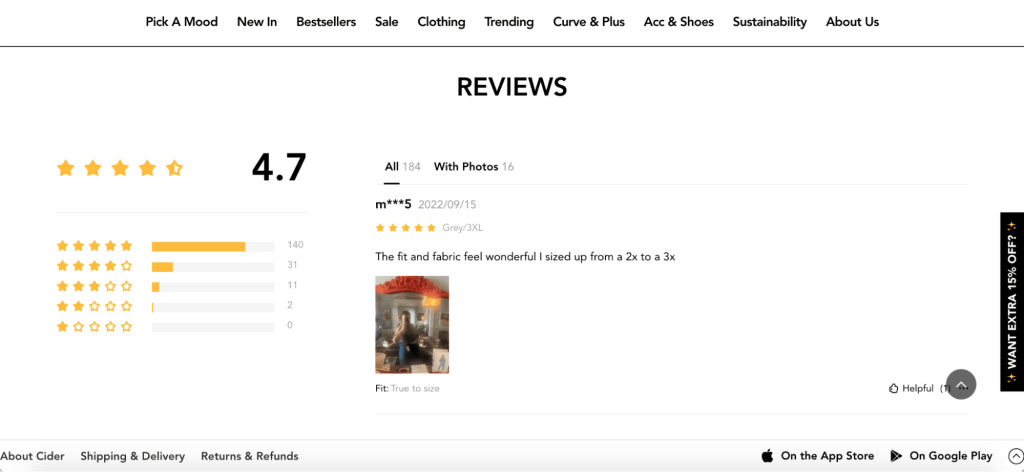
So it’s essential not just to add customer reviews to your site but also to enable customers to leave their own reviews on individual product pages.
Leverage UGC in Social Media Content
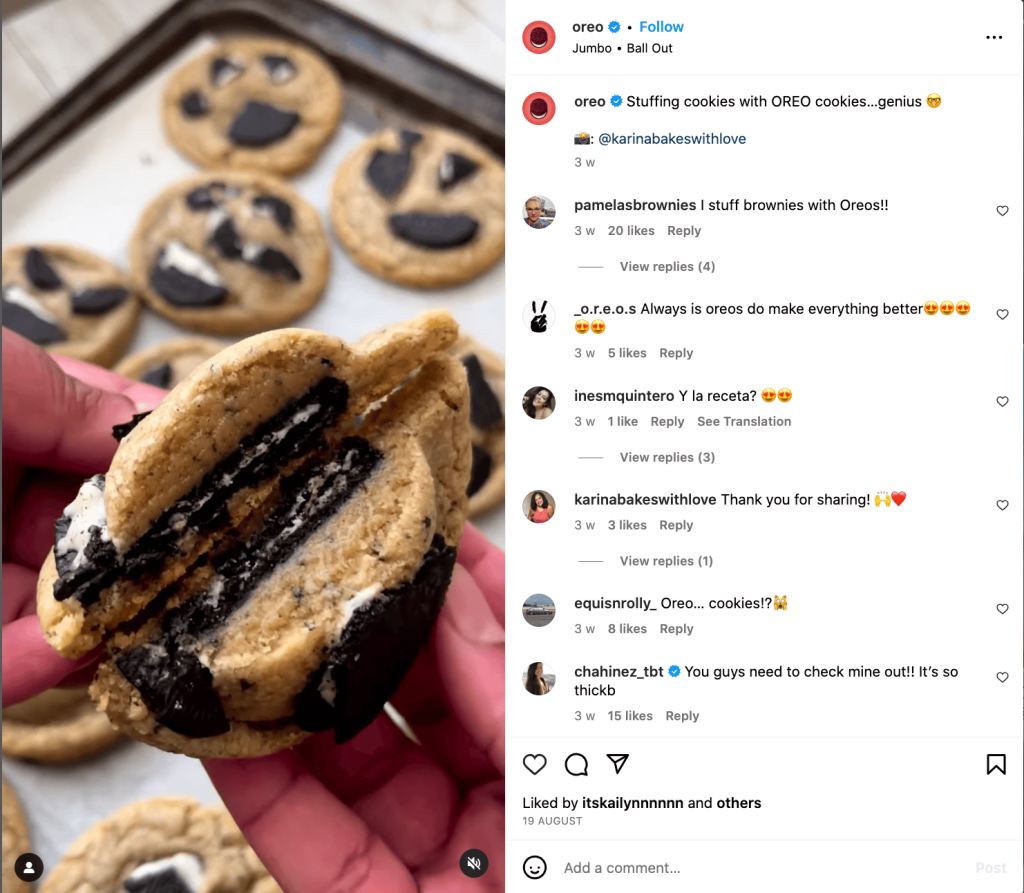
It’s worth emphasizing, so we’ll say it again: Display user-generated content in your social media posts on platforms where it makes sense.
When you feature UGC on your social media channels, you tap into your customers’ authenticity and creativity and turn your social media presence into a lively and captivating hub of user stories.
Who would’ve thought to stuff a cookie in another cookie? Genius!
Collaborate with Influencers and Advocates
Normally, UGC is created organically by customers. However, some brands have found that collaborating with influencers and advocates can have a profound impact.
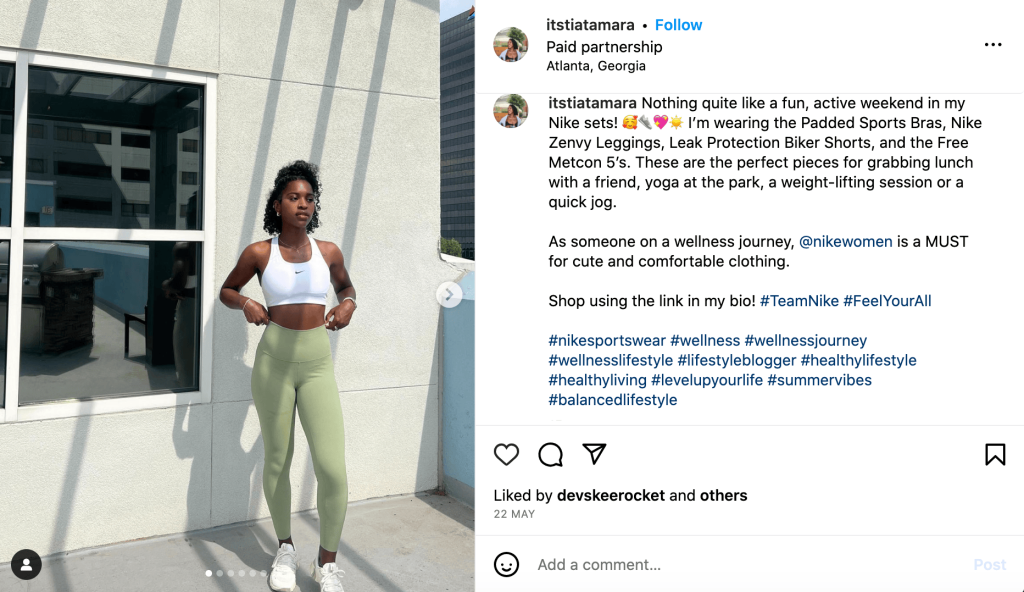
Influencers already managed to build a loyal fanbase — an audience of people that know, like, and trust them. You can leverage their influence by having them post about your brand or using their content on your marketing channels.

Another popular trend is to use UGC creators. While both a UGC creator and an influencer are paid to create content that seems authentic, the difference is that a UGC creator does not have to post the content on their platform and, depending on the contract, you are also not obligated to tag or mention them when you post your content.
Tips for Maximizing the Impact of User-Generated Content
Prioritize quality over quantity
While an abundance of UGC may seem appealing, it’s essential to prioritize quality over quantity to ensure that the content you showcase reflects positively on your brand.
To do that, you must guide users on creating content aligned with your brand.
When soliciting UGC from your audience, make it clear that it should be high quality. For example, it should have good lighting conditions and be well-edited.
Another way is to highlight high-quality content on your pages so your audience knows what kind of content gets reposted. That way, you increase the likelihood of receiving content that aligns with your brand’s visual identity.
Request permission and give credit
When your audience submits UGC and you choose the ones you like, make sure to get their explicit consent to use it for your marketing efforts, whether in writing or on a recorded call.
You must also be transparent and honest about where and how you will use their content, such as on your website, social media, or in advertising materials.
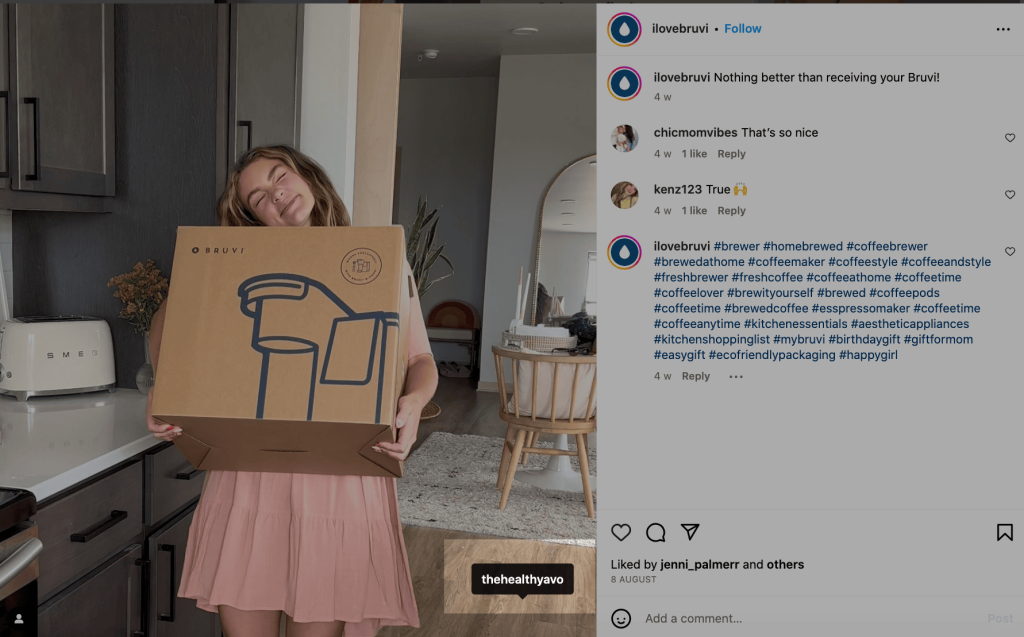
Giving credit is also important. Always credit the creators of UGC by mentioning their usernames, social media handles, or real names (if permitted). This could be as simple as including it in the caption or description of the content or tagging their handle as some platforms allow.
When you provide proper credit, it not only respects their contribution but also acknowledges their creativity.
Additionally, if you have concerns or questions about the legal aspects of UGC, it’s advisable to consult legal professionals specializing in copyright and intellectual property law.
Engage with UGC creators
People love to feel like they are part of something bigger than themselves. They truly appreciate it when brands recognize their contributions.
Even if you don’t plan to utilize UGC in your marketing, it’s still important to express gratitude for the content and its creator by engaging with it through likes or comments.
Especially if the creator is giving feedback, positive or negative, respond promptly and thoughtfully. Acknowledge their input and address any inquiries or concerns. This demonstrates that you value their engagement and are committed to exceptional customer service.
Track and analyze UGC performance
Lastly, of course, you need to know if it’s worth the investment. Track the performance of your UGC campaigns, branded hashtags, and pieces of UGC content that you’ve reposted to your site.
It would help to implement analytics tools such as Google Analytics, social media insights, or dedicated UGC tracking platforms to measure the impact of UGC on your sales and engagement metrics.
By continuously fine-tuning your UGC strategies based on data-driven insights, you can ensure that UGC remains a dynamic and impactful element of your marketing and branding efforts.
UGC Examples: Successful Ecommerce Brands Utilizing User-Generated Content
Apple
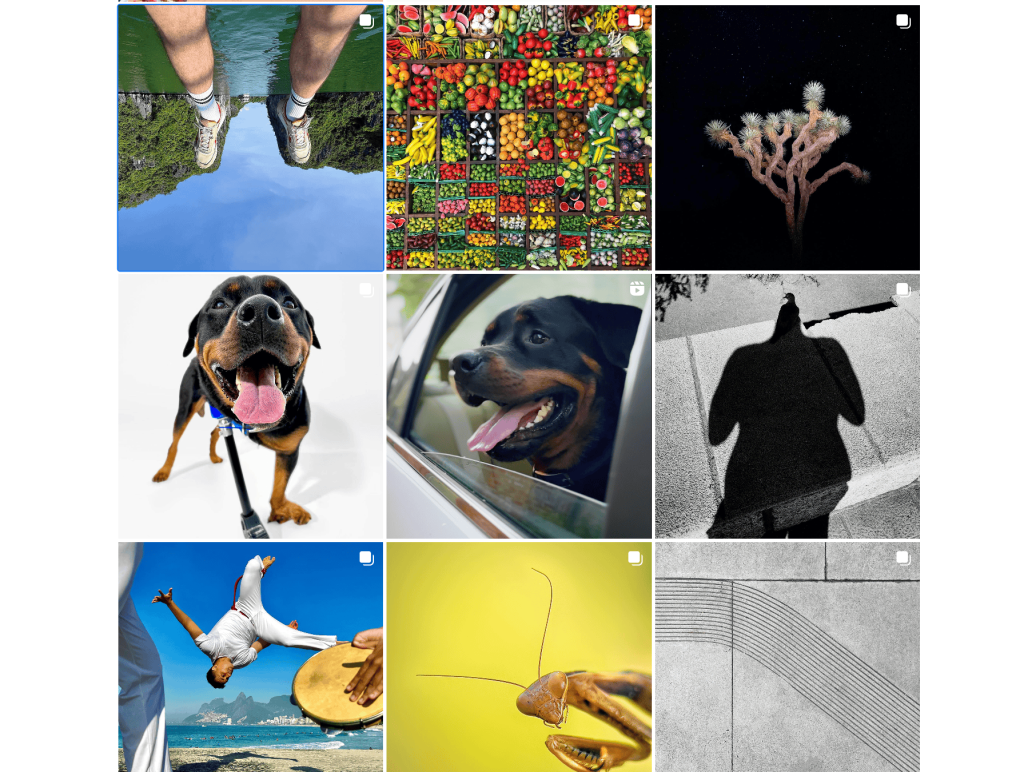
Every post on Apple’s Instagram is from an average Apple User who took an amazing shot using their iPhone. Apple labels this movement with a branded hashtag #ShotoniPhone.
This sets them apart from other tech brands that rely on polished marketing messages to connect with their audience. It’s a great way to involve their customers while also showing how impressive their camera is.
They also have editing tutorials on TikTok with a similar concept branded #MadeOniPad.
Aybl
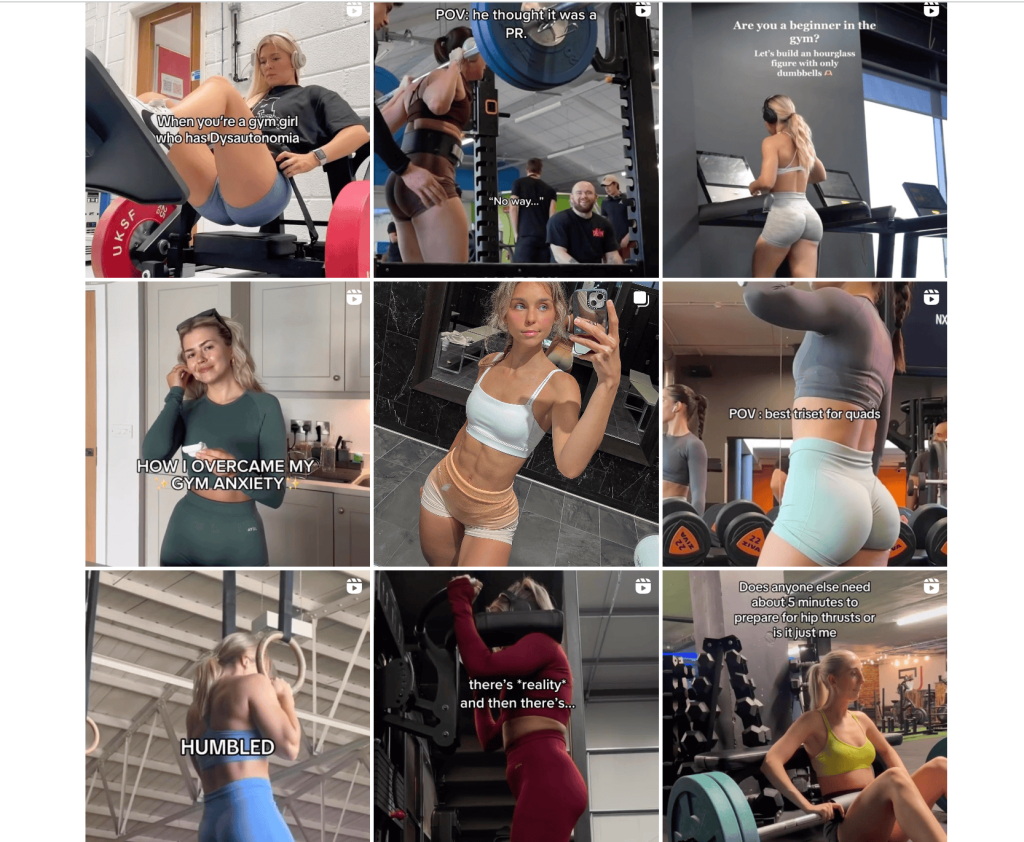
Aybl is another fine example of UGC done right. Customers create 99% of their content. They frequently share workout video routines filmed by women wearing their gear.
You’ll also find images of these women simply “modeling” the gear, captured on their smartphones in front of a mirror, as many people do when showcasing their outfits to maintain an authentic vibe.
Aybl also spices things up with humorous and relatable gym-related content that resonates with their audience.
Summing it up
UGC has become a beacon of credibility in this digital age, where trust and authenticity are crucial to consumer loyalty. It’s a cost-effective way for brands to display their products and services in real-life situations.
Plus, it’s a chance to increase your social media reach, brand awareness, and engagement, especially when collaborating with influencers and UGC creators.
There are so many brands today with the power of user-generated content. Take these strategies and tips and start your brand’s UGC revolution!








